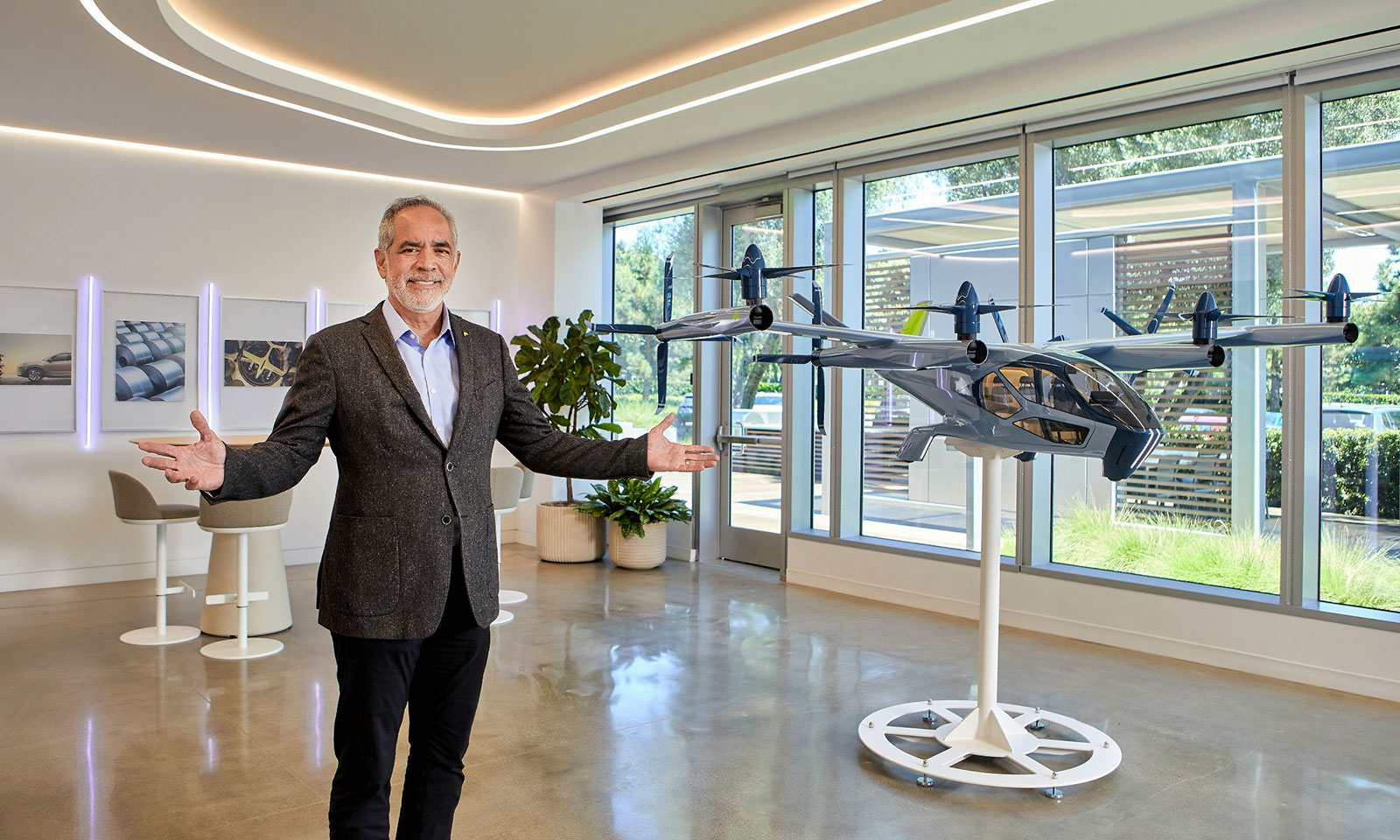Travel
Electric air travel – Irvine Standard

For anyone who grew up watching “The Jetsons,” “Star Trek” or other 20th-century sci-fi shows, and has since wondered “where’s my jetpack,” the future is now. Or soon, at least, as an Irvine-based company will debut its new air transport vehicle at the 2028 Olympics in Los Angeles.
And all from Supernal, a division of Irvine-based car company Hyundai Motor Group. Supernal is producing Hyundai’s new electrical Advanced Air Mobility product – the Uber of the airways – for transporting passengers and products over small distances. Its biggest market will be in Southern California.
“Right now it takes at least an hour to get from Irvine to downtown Los Angeles,” says Supernal’s Chief Technology Director David McBride. “We can get you there in 10 minutes.” And at a cost not much more than what you would pay for a rideshare. McBride adds that consumer costs will go down more once Supernal is in mass production and operational costs are reduced.
There are competitors, but none with the major level of financing as Hyundai.
Timetable to takeoff
Right now it’s all in the research and testing stages. But Supernal is building a four-seat test model that will be flying around the Mojave Desert sometime within the next year. Soon after the 2028 Olympics, it will start producing its standard six-seat air transportation vehicles at a level of 100 to 200 per year (equivalent to major airline production levels).
But that’s just the beginning. Its drawing boards now show that by the end of the 2030s, Supernal expects those numbers to be in the thousands produced per year. And in future decades, tens of thousands. Get used to seeing these air vehicles everywhere.
Pretty ambitious for a plane that’s not even built yet? McBride points out that NASA has been in the research stages of advanced air mobility vehicles for years. He would know; McBride is a former NASA director, specializing in that very technology.
Support crew
It all comes, of course, with a slight hitch. A bevy of support systems must be in place, such as arrival and departure bases (vertiports), maintenance centers, manufacturing locations and charging stations. But all that’s in development, too.
It might look like a plane, but McBride points out, “You don’t need airports; you can land our vehicles almost anywhere – at hospitals, sports stadiums, major buildings.”
The city of Irvine has shown support for all of this; it will be one of the vehicles’ major centers. McBride expects some production centers to be based in Irvine, too. Most sales will go to fleet companies, and there will be some available for the private sector.
As for the 2028 Olympics, McBride considers it a marvelous showcase for the public to see what air transportation is going to look like for the next generations.
“We will never replace jet planes, or even helicopters,” he says. “But for shorter destinations, we know this is the future. I think those who attend the next Olympics are going to be very impressed with what we show them.”










